World Heritage Kumano Kodo Iseji Route:The Magose-Toge Pass
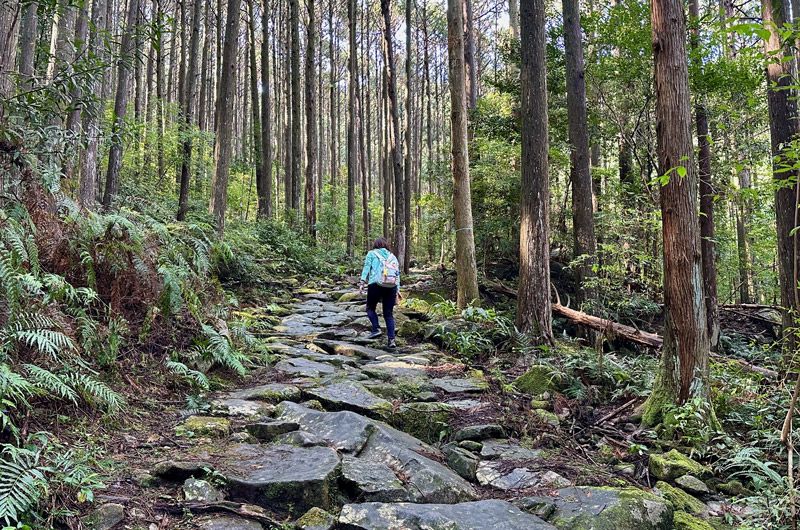
Have you heard of the old proverb "Seven times to Ise, three times to Kumano” before? In the past, people in Japan desired to visit Ise Jingu once in their lifetime. In 2004, the Kumano Kodo pilgrimage routes, connecting the sacred sites Kumano Sanzan and Ise Jingu were registered as a World Heritage Site under the name “Sacred Sites and Pilgrimage Routes in the Kii Mountain Range”. This time, we hiked on the Magose-toge Pass along the Iseji Route, a noticeably less crowded World Heritage Site, and stopped at Mt. Binshiyama, which has a breathtaking viewpoint of the surrounding mountains and the sea dotted with islands. We were impressed with the historical stone pavement, pristine nature, and spectacular scenery, and recommend nature lovers walk along the same route to create a once-in-a-lifetime experience.
Written by Bonnie Chow
-Table of Contents-
・Michi-no-eki Miyama Rest Station
・Crossing the Magose-Toge Pass
・Side trip: The Magose-Toge Pass to Mt. Binshiyama
・Owase Shrine
・How to reach the Magose-toge Pass
・Wrap Up
Michi-no-eki Miyama Rest Station
This rest station was the starting point of our journey. We parked our car here, and since there were no rest areas on our trail, we bought some drinks and food. From here it takes 10 minutes to walk to the entrance of the Magose-toge Pass hiking trail.
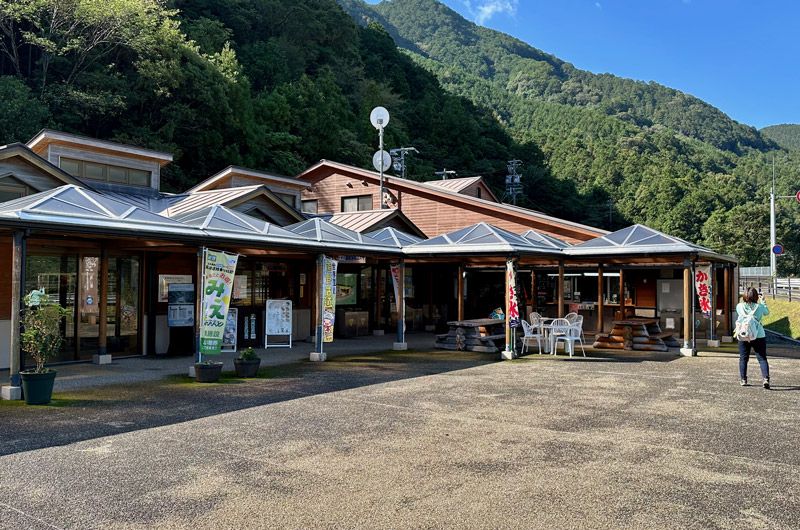
Michi-no-eki Miyama Rest Station
Crossing the Magose-Toge Pass
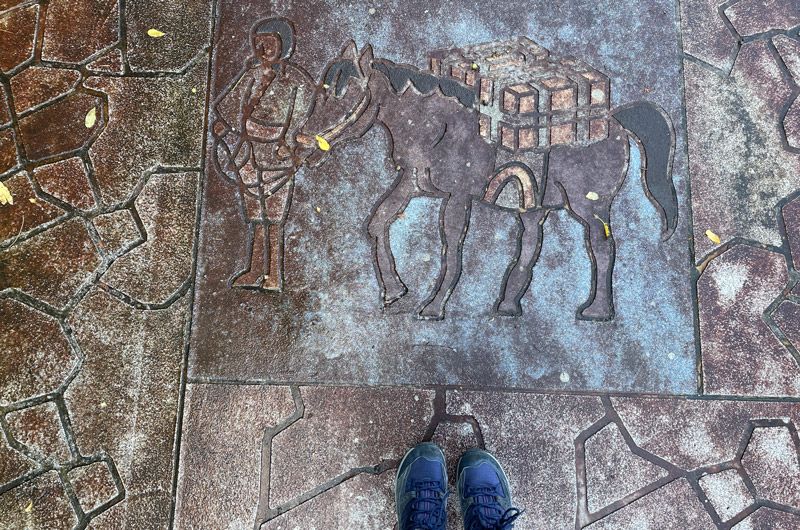
An engraving of how people used the Kumano Kodo Iseji route in the past
After seeing the above drawing sign on the road, we can imagine how people crossed this path during the Edo period. Starting from the entrance at an elevation of 13 meters, we had to climb up to 325 meters on stone pavement deep into the woods amidst the lush cypress trees.
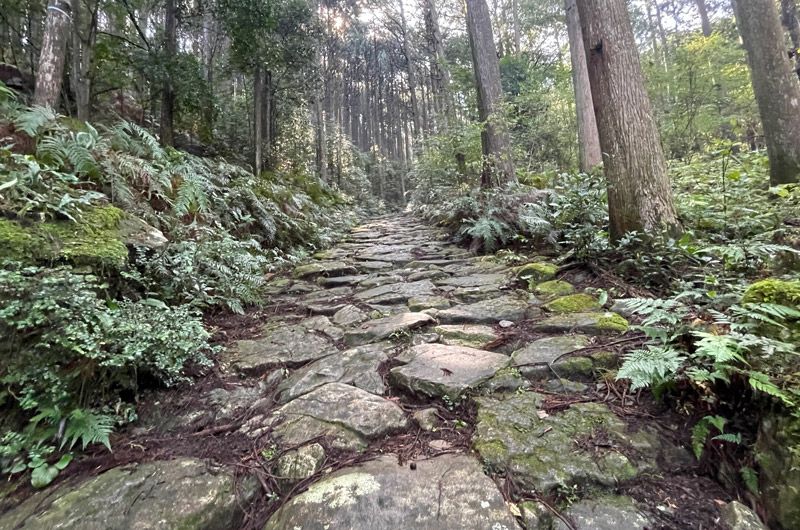
Once we stepped on the moss-covered cobblestones, it was so magical that we felt like samurai who traveled back in time to the Edo period. Since Owase City receives heavy rainfall in Japan, large paving stones were built to prevent the path from being destroyed by water erosion. Despite raging typhoons and rumbling earthquakes, the path remains well-preserved to this day.
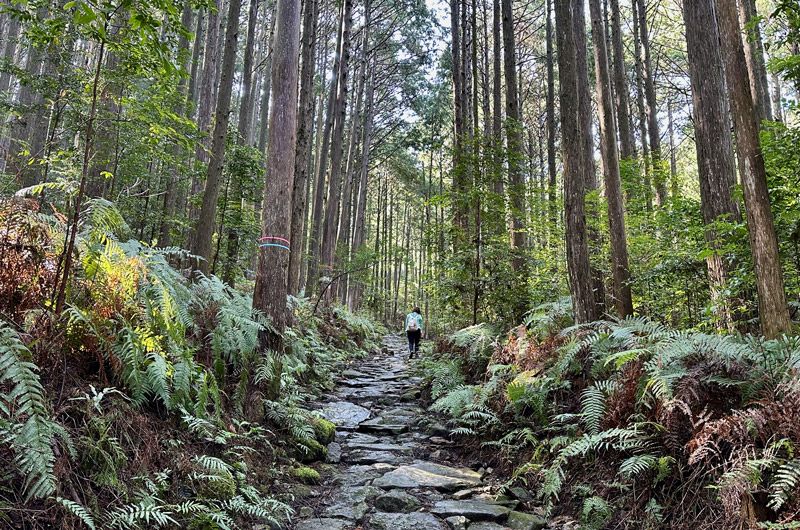
Hike in the footsteps of samurai deep in the woods
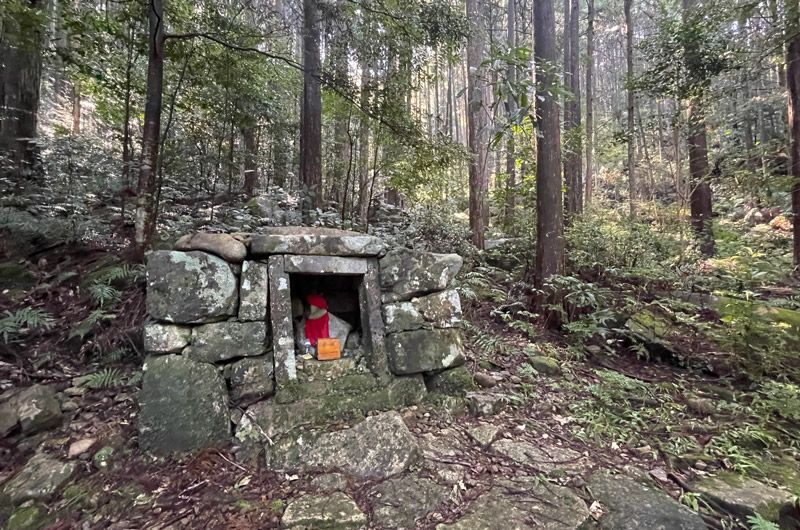
Jizo, a deity to pray to for safe travel
It took about 30 minutes to reach the first resting area. When we got there, we sat on the benches for a break. After that, we continued to hike for another 20 minutes to reach the top of the Magose-toge Pass.
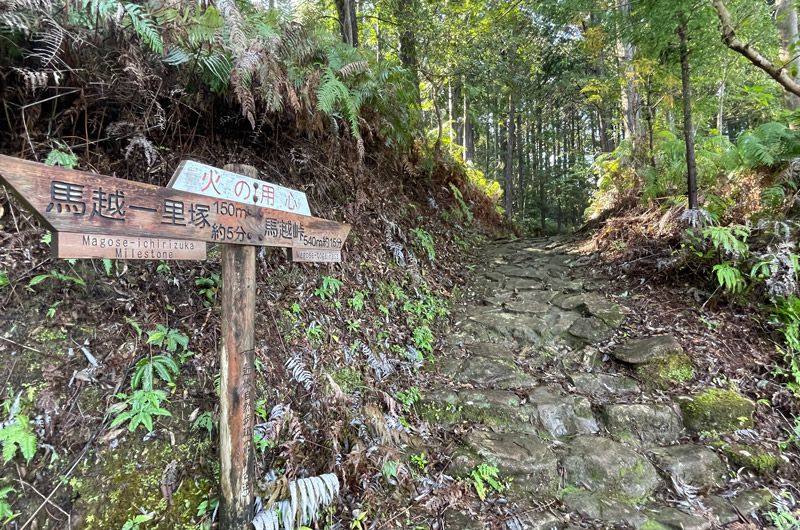
A sign displaying how much further we must go
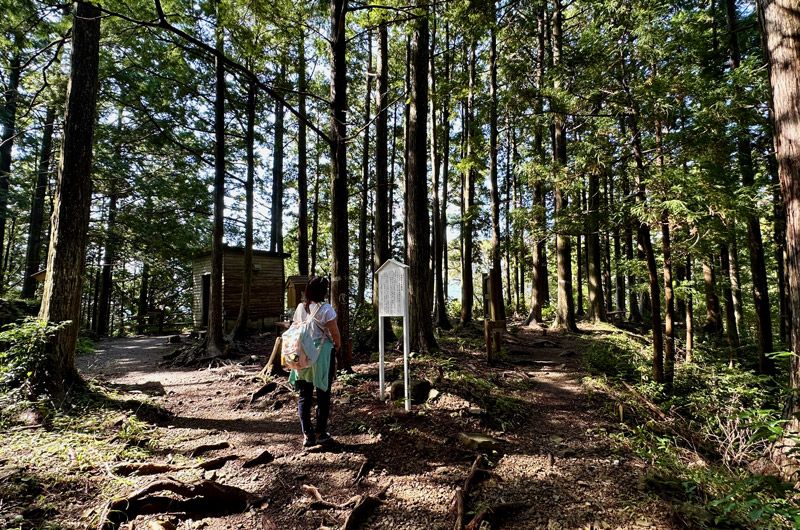
The top of the pass is forested with benches to rest on
Side Trip: The Magose-Toge Pass to Mt. Binshiyama
At the top of the pass, we chose to visit Mt. Binshiyama on the right. Although we left the Kumano Kodo from here, Mt. Binshiyama offers a pleasant climb and spectacular views. If you are physically fit, we recommend you take this side trip.
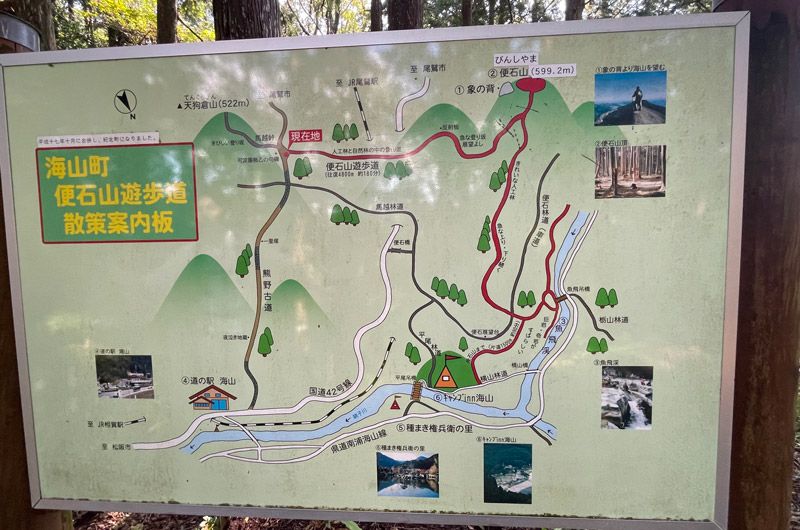
This hike was a little bit challenging since we had to descend from the Magose-toge Pass and ascend again to reach the top of Mt. Binshiyama.
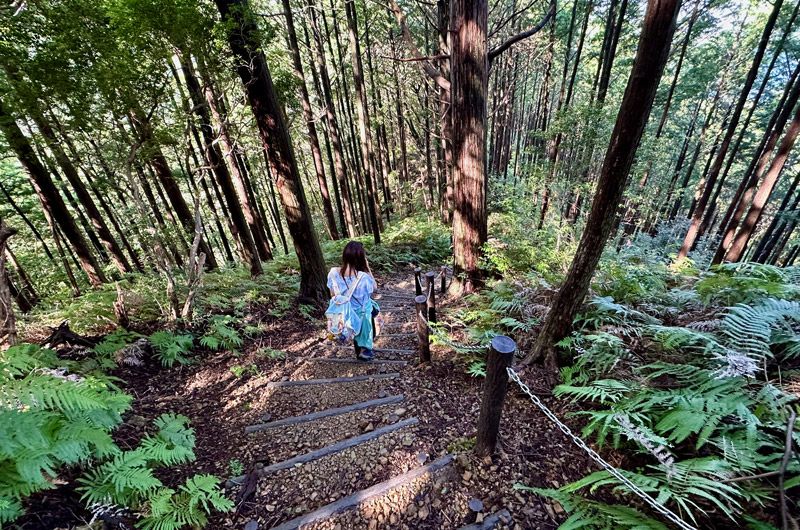
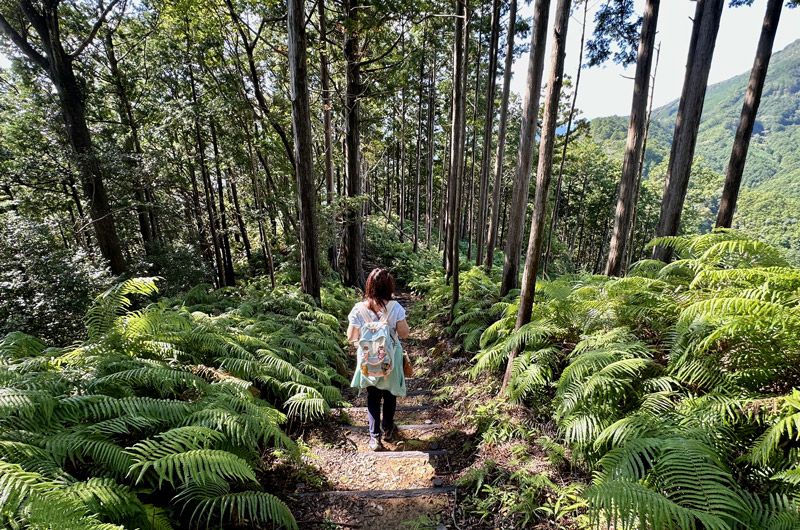
As we descended from the Magose-toge Pass, we could see Mt. Binshiyama ahead of us as though it was watching over us.
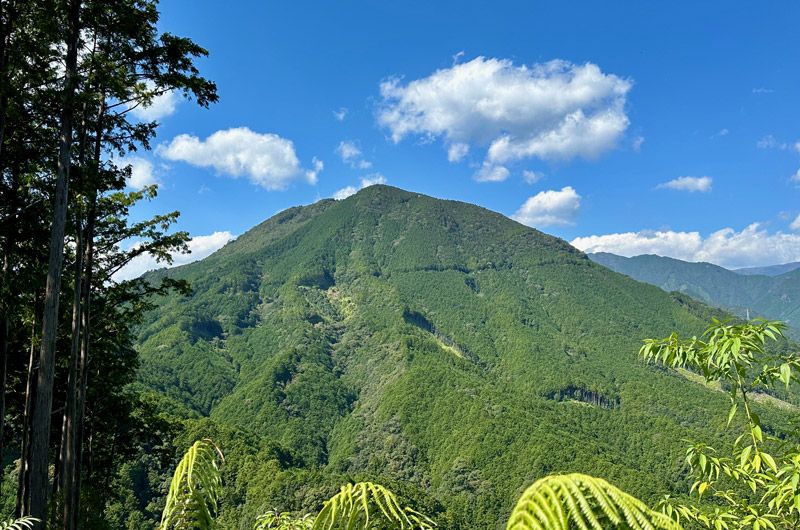
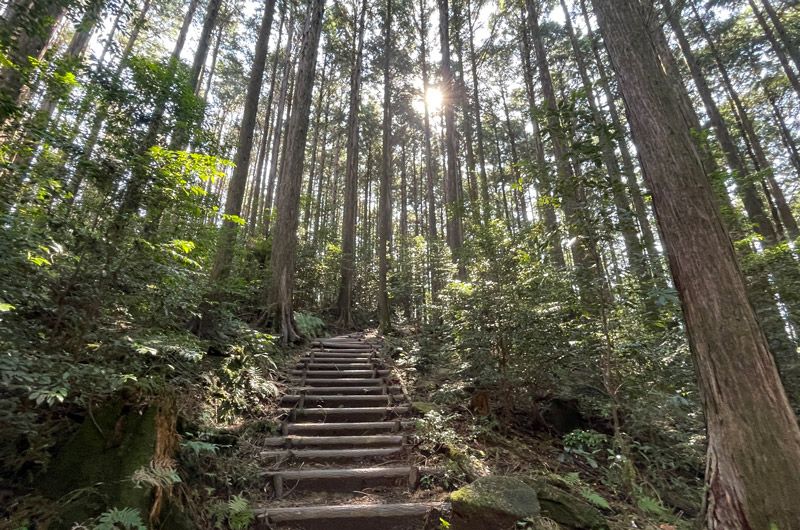
After around 2 hours, we arrived at the summit of Mt. Binshiyama.
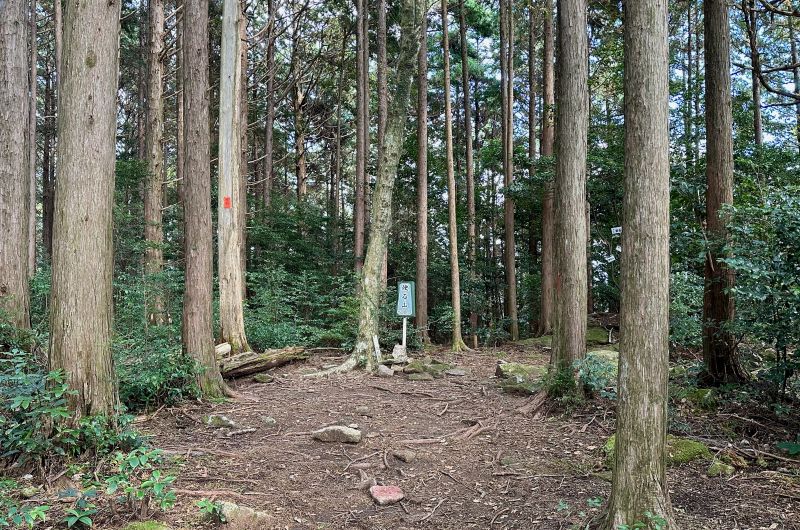
Then we reached the most rewarding part of the trail, Elephant’s Back, which is just a few steps away from the top of Mt. Binshiyama. We were so excited to climb on the huge rock in the shape of an elephant’s back and enjoy the stunning view of Mt. Tengurasan, Owase City, and the sea of Kumano.
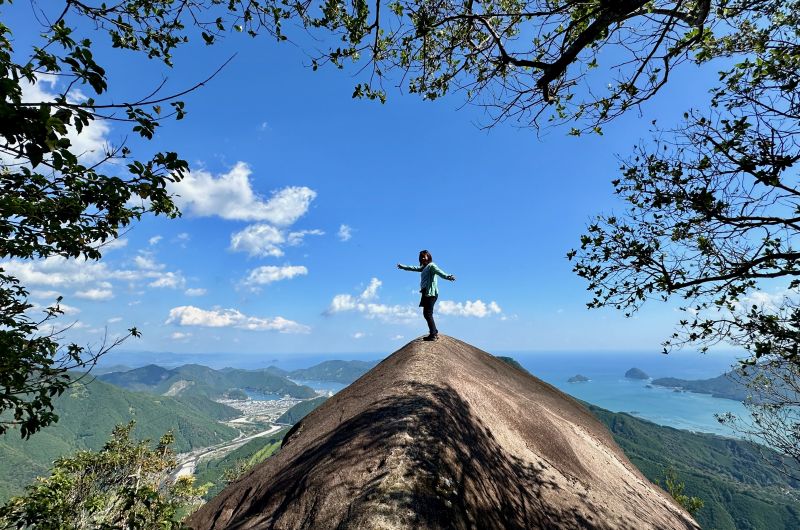
Climb on the Elephant’s Back to take a great shot
It took no small amount of courage for me to take the pictures while standing on the top of the rock. Be careful and make sure to maintain your balance!
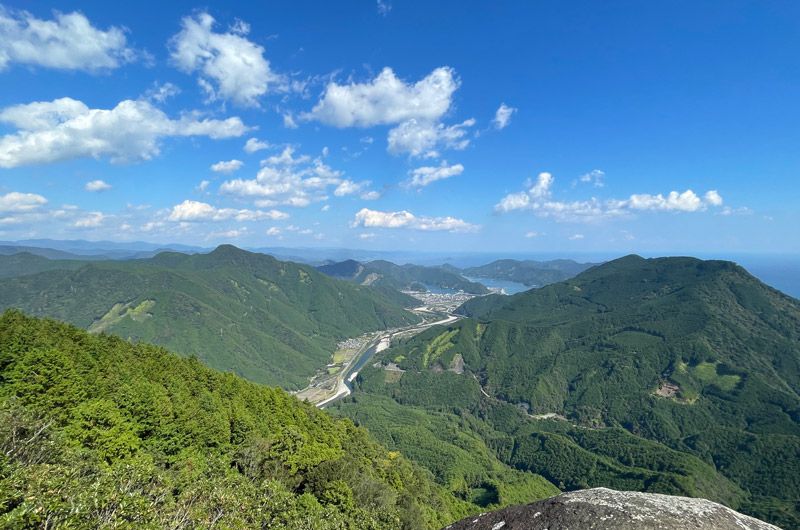
Elephant’s Back offers a splendid view
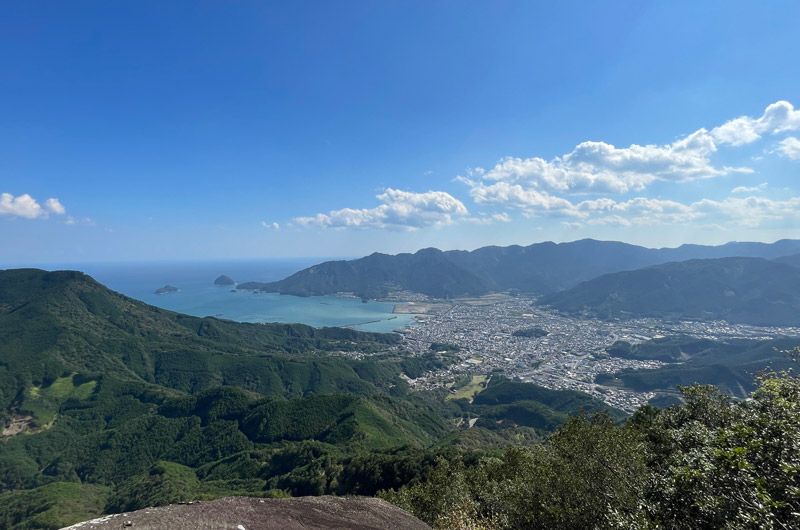
The magnificent scenery of the azure sky, serene ocean, and city is your reward after 3 hours of hiking
Owase Shrine
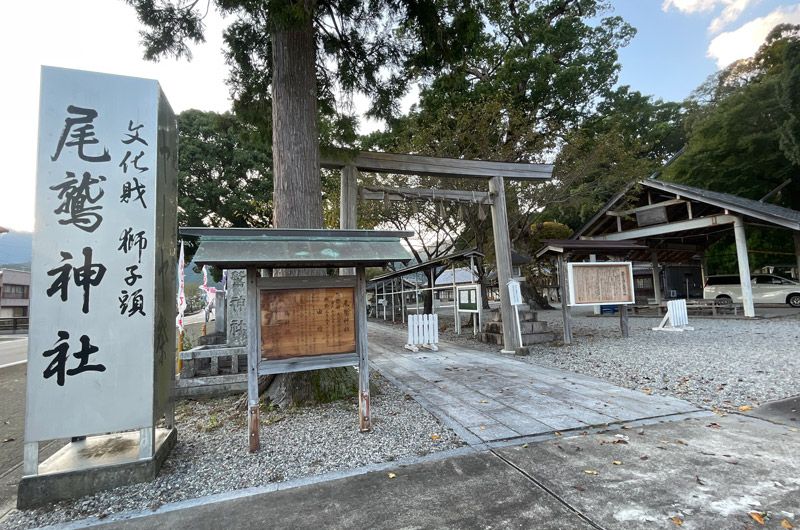
From Mt. Binshiyama, we chose to hike back to the starting point as our car was in Michi-no-eki Miyama Rest station. As the way back is almost entirely a descent, it took us approximately 2.5 hours to finish the trail. After arriving at the rest area, we drove 10 minutes to Owase Shrine to pray.